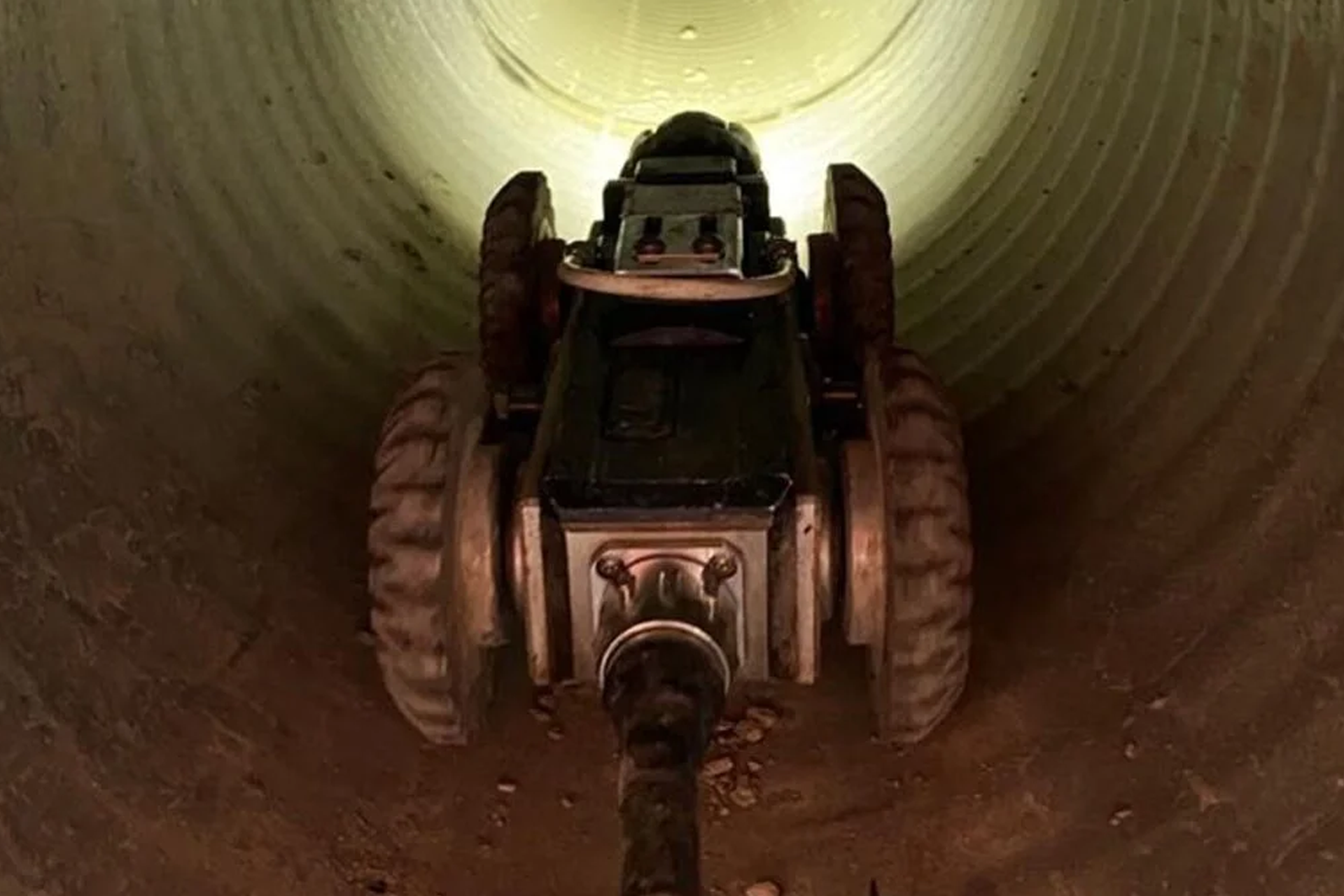Examine This Report about Reclaim Waste
Examine This Report about Reclaim Waste
Blog Article
Reclaim Waste - An Overview
Table of ContentsReclaim Waste Can Be Fun For AnyoneWhat Does Reclaim Waste Do?A Biased View of Reclaim WasteReclaim Waste - The FactsThe Facts About Reclaim Waste Revealed
Explore the types, incidents, and kinds of fluid waste. Residential sewer waste refers to the waste and products from a domestic sewage-disposal tank. This sort of waste is developed by human beings in residences, schools, and other buildings. This only includes sewage-disposal tanks that have a drain field. The correct administration and disposal of domestic sewer waste need liquid waste to be transferred to a sewage therapy plant where the appropriate techniques and devices are put on detoxify and deal with waste.
Commercial waste often includes potential hazards, such as flammable products or a mixture of fluid and strong waste items, and requires a much more sophisticated and detailed disposal procedure. The disposal of business waste commonly includes the filtration of waste prior to transportation to make sure safe and correct disposal. Hazardous waste is produced from byproducts and runoff of commercial procedures and manufacturing.
This kind of waste can not use the exact same sewage monitoring transport or procedures as septic or business liquids. The industrial waste monitoring procedure calls for the inspection and screening of liquid waste prior to it undergoes the disposal process (liquid waste removal melbourne). Runoff waste is the fluid waste that comes from runoff and excess stormwater in very populated locations or cities
Drainage waste can trigger contamination and flooding if not dealt with properly. Making certain appropriate waste management can stop disasters and reduce environmental harm.
The Single Strategy To Use For Reclaim Waste
Contact PROS Providers today to find out about our waste monitoring and disposal solutions and the correct methods to care for the fluid waste you generate.
(https://www.domestika.org/en/reclaimwaste1)This supposed 'wastewater' is not just a vital source yet, after therapy, will certainly be released to our land, waterways or the ocean. Made use of water from commodes, showers, bathrooms, cooking area sinks, laundries and industrial processes is known as wastewater.

water made use of to cool equipment or tidy plant and tools). Stormwater, a type of wastewater, is drainage that streams from agricultural and city areas such as roof coverings, parks, yards, roadways, courses and seamless gutters into stormwater drains, after rain. Stormwater streams unattended directly to local creeks or rivers, eventually reaching the sea.
The 6-Minute Rule for Reclaim Waste
In Queensland, the majority of wastewater is dealt with at sewer treatment plants. Wastewater is carried from residential or industrial websites through a system of sewage systems and pump stations, understood as sewerage reticulation, to a sewage treatment plant.
The Division of Natural Resources recommends city governments regarding managing, operating and keeping sewerage systems and treatment plants. In unsewered locations, city governments may require owners to install private or household sewer therapy systems to deal with residential wastewater from commodes, kitchens, washrooms and laundries. The Department of Natural Resources authorises making use of family systems when they are confirmed to be effective.
In some brand-new neighborhoods, therapy of some stormwater to remove litter, sand and crushed rock has actually begun using gross contaminant catches. Wastewater therapy takes place in four phases: Removes strong issue.
Wastewater then flows right into huge tanks where solids resolve and are eliminated as sludge. Oil and residue are skimmed from the surface. Makes use of tiny living microorganisms called micro-organisms to damage down and get rid of remaining liquified wastes and great particles. Micro-organisms and wastes are incorporated in the sludge. Removes nitrogen and phosphorus nutrients that can trigger algal blooms in our waterways and intimidate aquatic life.
5 Simple Techniques For Reclaim Waste
Nutrient removal is not offered in any way sewage treatment plants due to the fact that it calls for pricey specialised tools. It is becoming extra typical in Queensland. Clear fluid effluent created after treatment may still contain disease-causing micro-organisms. If this effluent is released into waterways such as rivers or the sea, the micro-organisms will ultimately die out.

The majority of wastewater streams into the sewage system. Under the Act, regional federal governments provide authorizations and permits for ecologically relevant activities (ERAs) entailing wastewater launches that could have a regional influence.
4 Simple Techniques For Reclaim Waste
Tracking supplies factual info regarding water high quality and can confirm that licence conditions are being fulfilled. The details obtained through monitoring supplies the basis for making water high quality choices.
Report this page